James R. Wootton
Level Generation with Quantum Reservoir Computing
May 19, 2025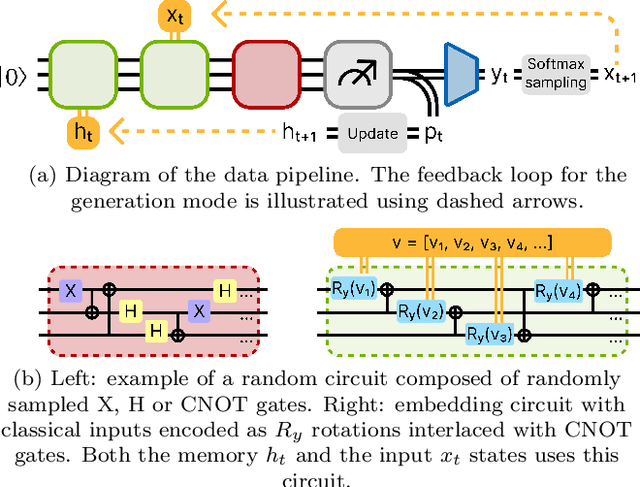
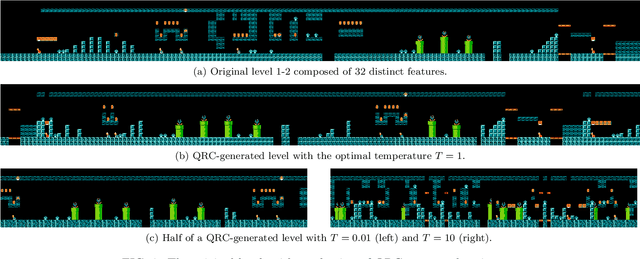
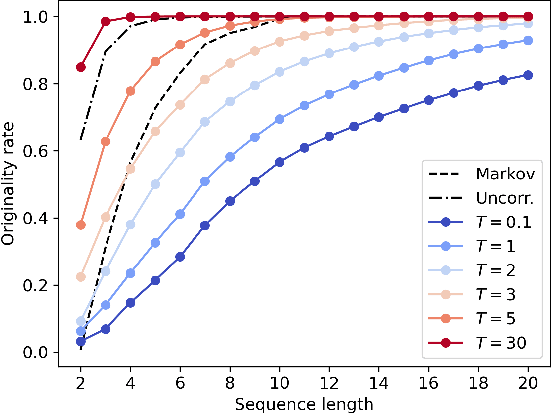
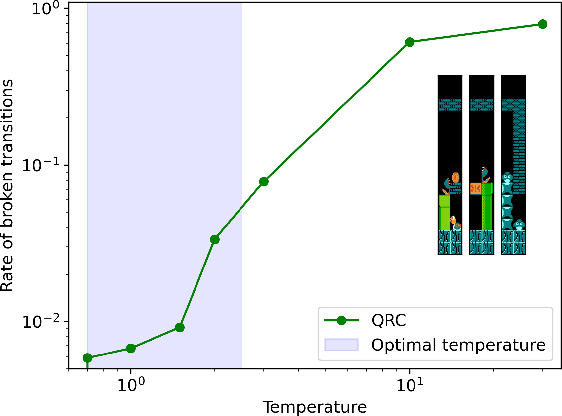
Abstract:Reservoir computing is a form of machine learning particularly suited for time series analysis, including forecasting predictions. We take an implementation of \emph{quantum} reservoir computing that was initially designed to generate variants of musical scores and adapt it to create levels of Super Mario Bros. Motivated by our analysis of these levels, we develop a new Roblox \textit{obby} where the courses can be generated in real time on superconducting qubit hardware, and investigate some of the constraints placed by such real-time generation.
Investigating the usefulness of Quantum Blur
Nov 27, 2021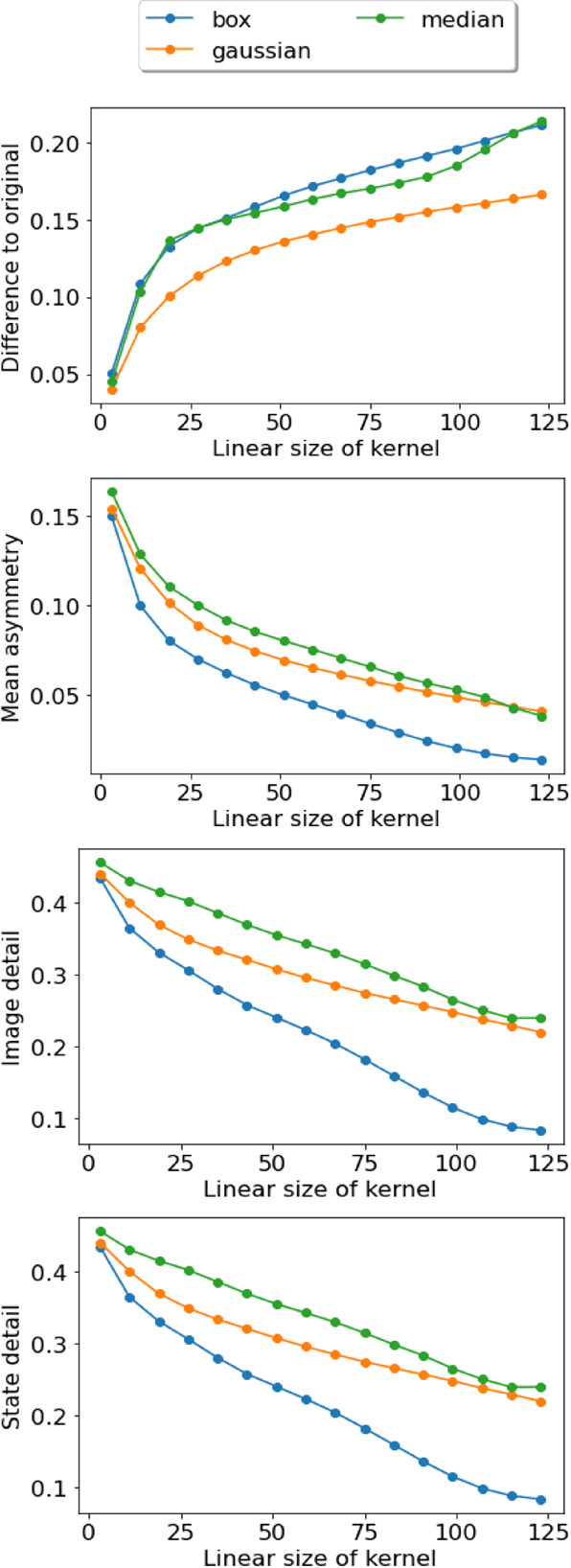
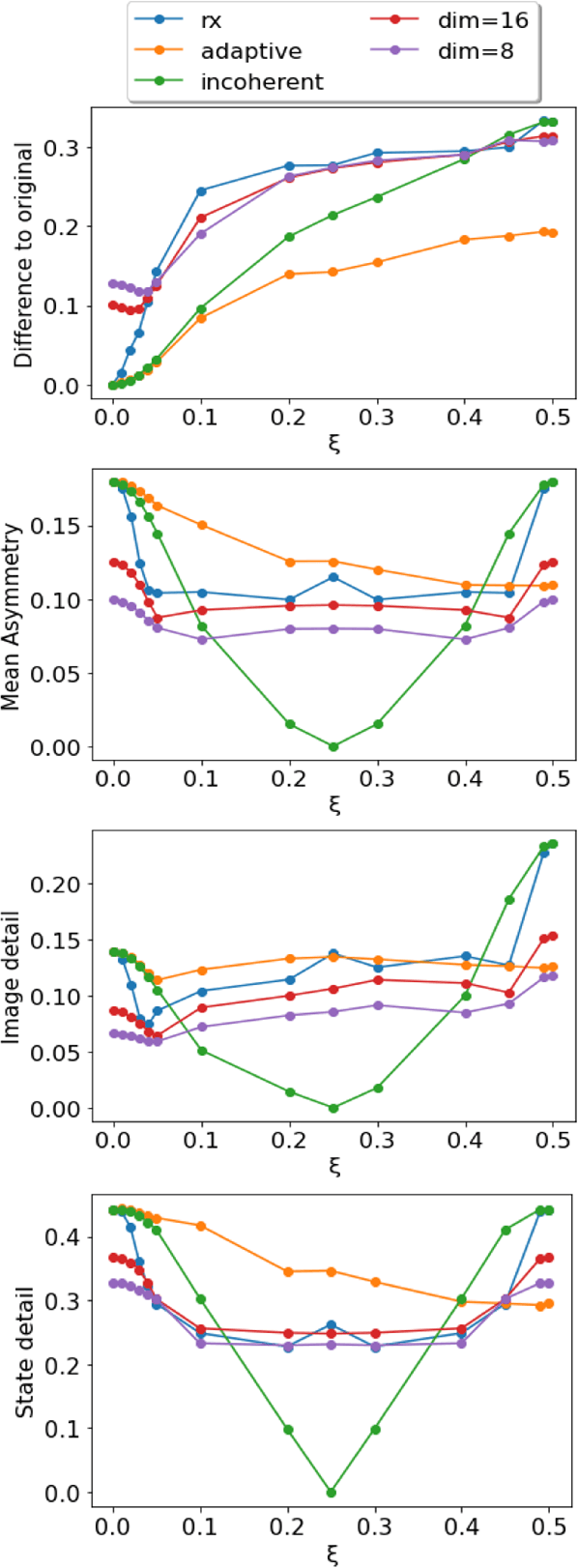
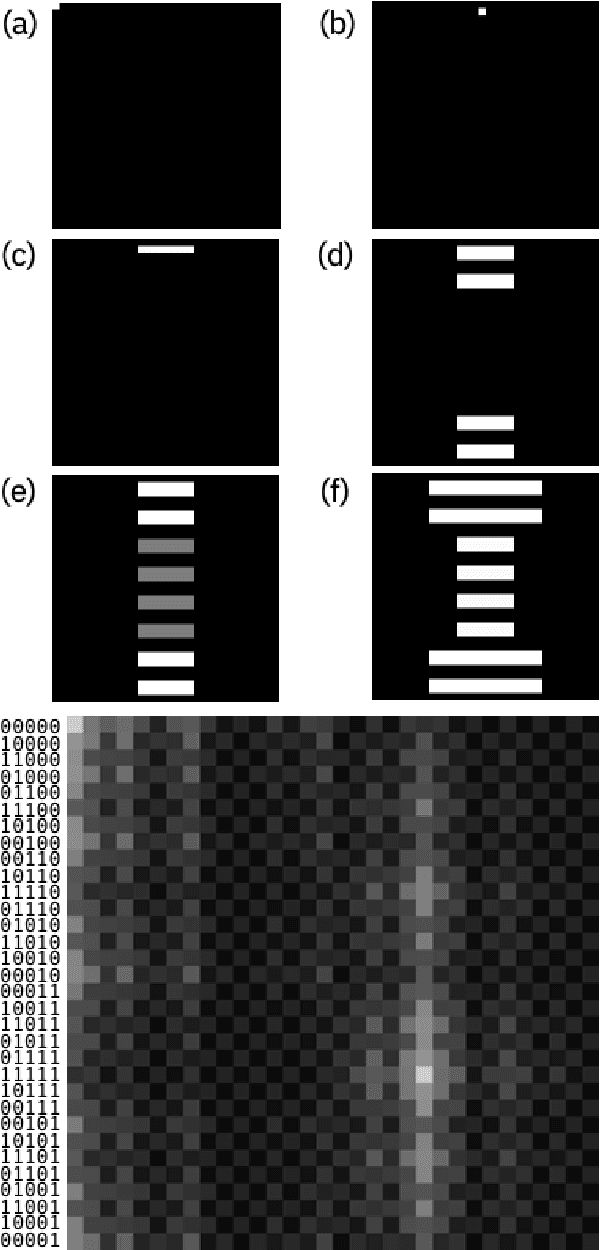

Abstract:Though some years remain before quantum computation can outperform conventional computation, it already provides resources that be used for exploratory purposes in various fields. This includes certain tasks for procedural generation in computer games, music and art. The Quantum Blur method was introduced as a proof-of-principle example, to show that it can be useful to design methods for procedural generation using the principles of quantum software. Here we analyse the effects of the method and compare it to conventional blur effects. We also determine how the effects seen derive from the manipulation of quantum superposition and entanglement.
A quantum procedure for map generation
May 20, 2020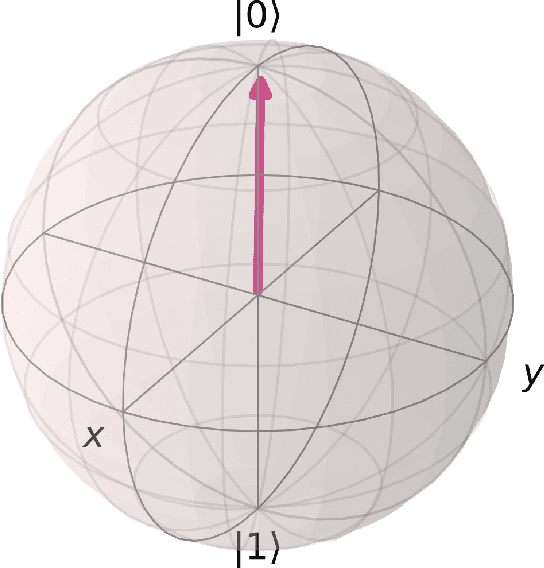
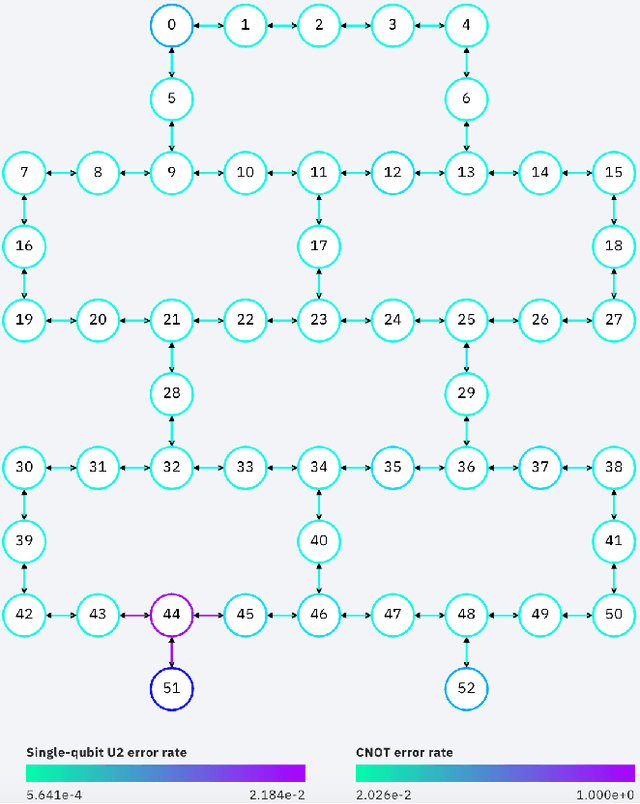
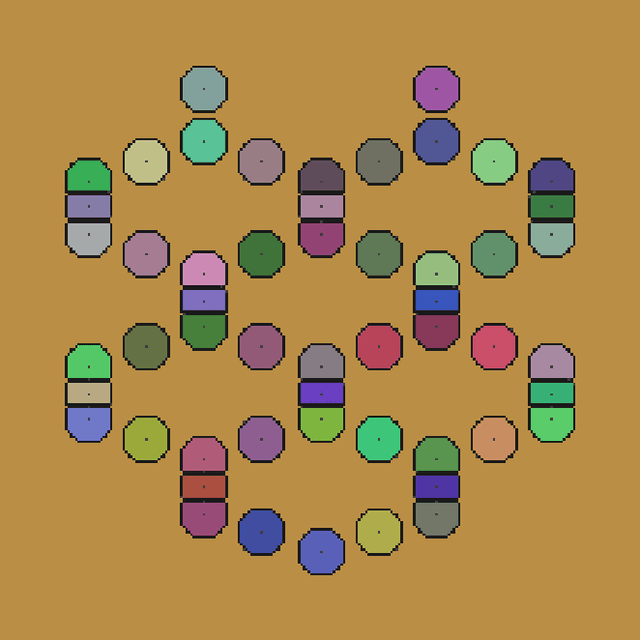
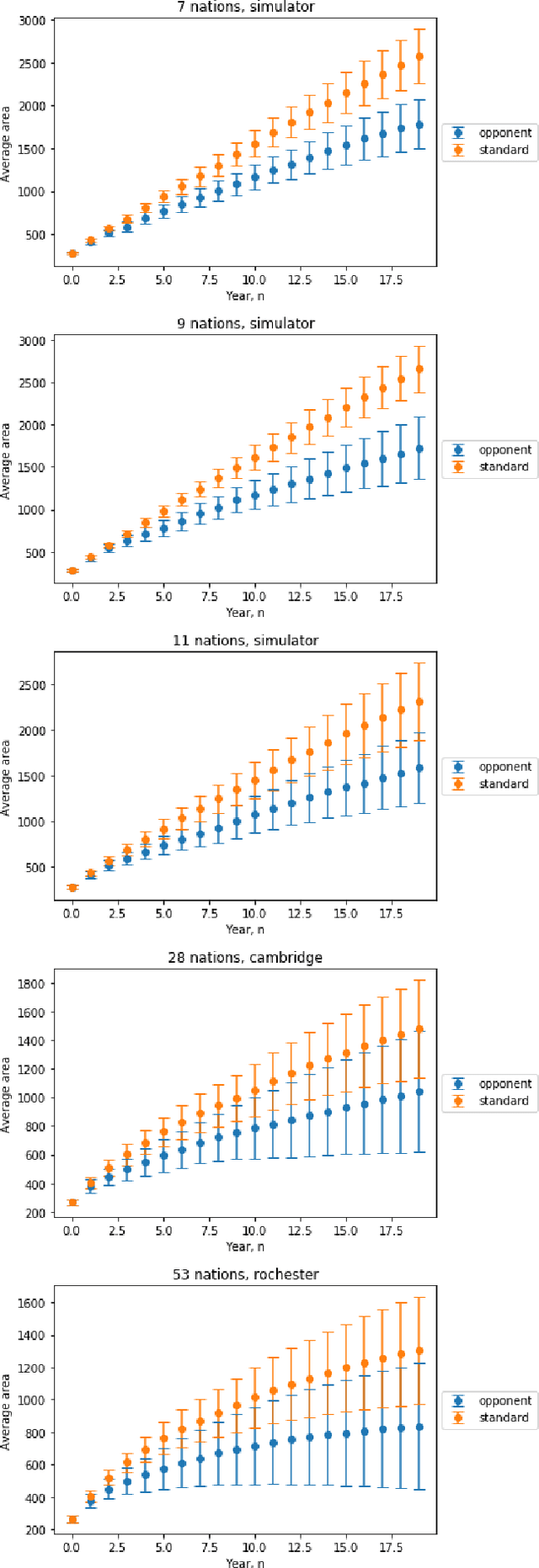
Abstract:Quantum computation is an emerging technology that promises a wide range of possible use cases. This promise is primarily based on algorithms that are unlikely to be viable over the coming decade. For near-term applications, quantum software needs to be carefully tailored to the hardware available. In this paper, we begin to explore whether near-term quantum computers could provide tools that are useful in the creation and implementation of computer games. The procedural generation of geopolitical maps and their associated history is considered as a motivating example. This is performed by encoding a rudimentary decision making process for the nations within a quantum procedure that is well-suited to near-term devices. Given the novelty of quantum computing within the field of procedural generation, we also provide an introduction to the basic concepts involved.
 Add to Chrome
Add to Chrome Add to Firefox
Add to Firefox Add to Edge
Add to Edge